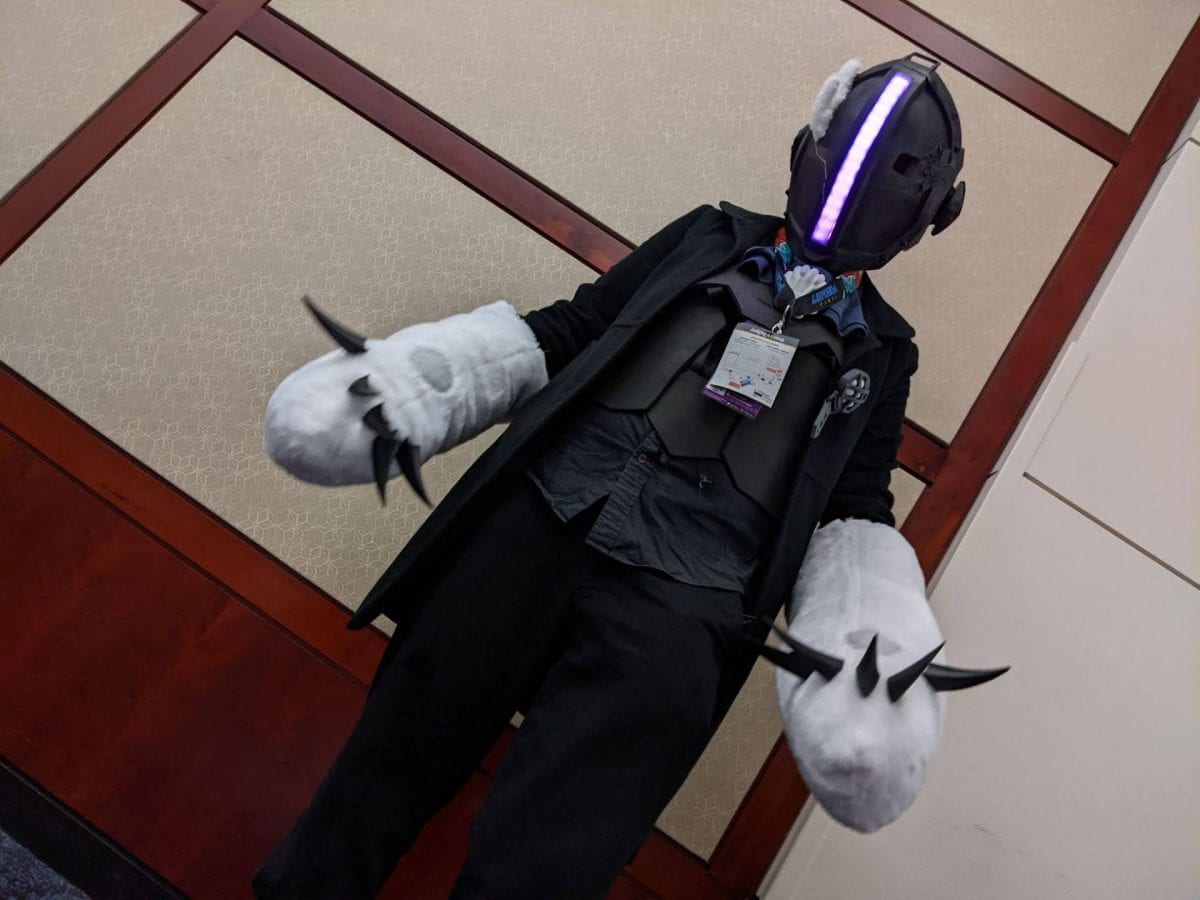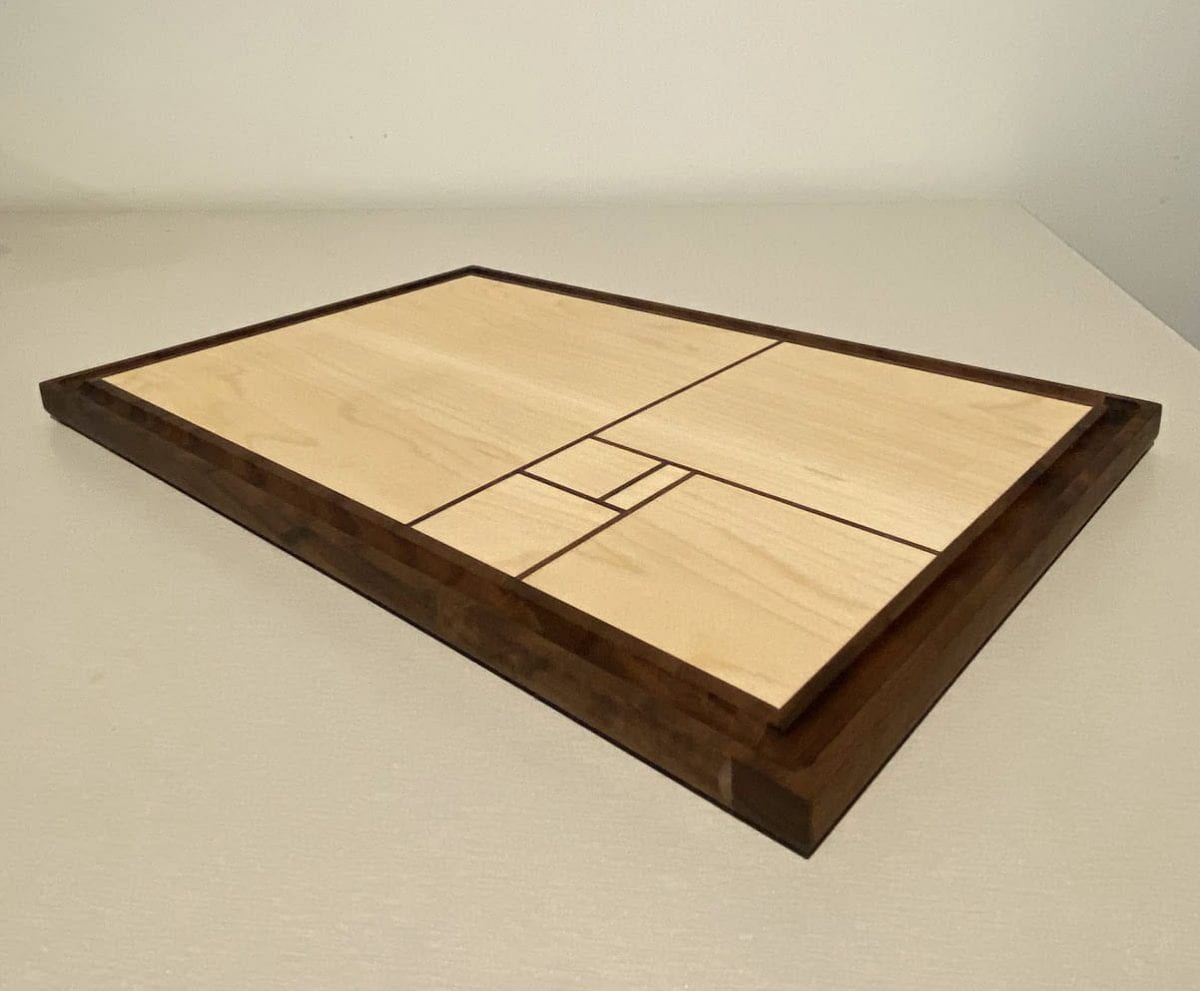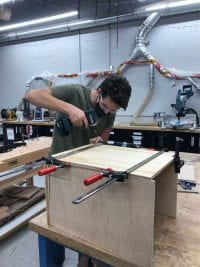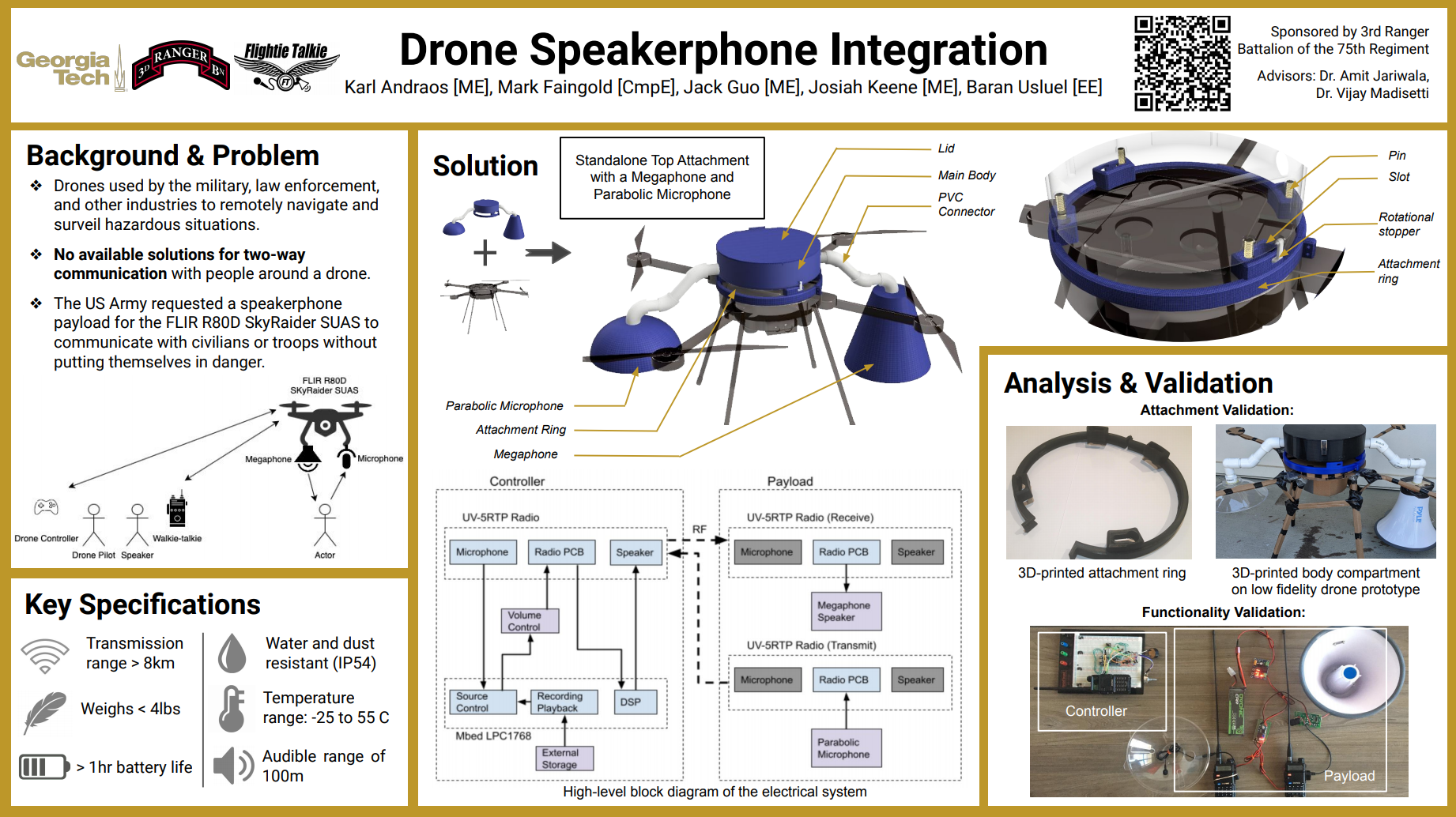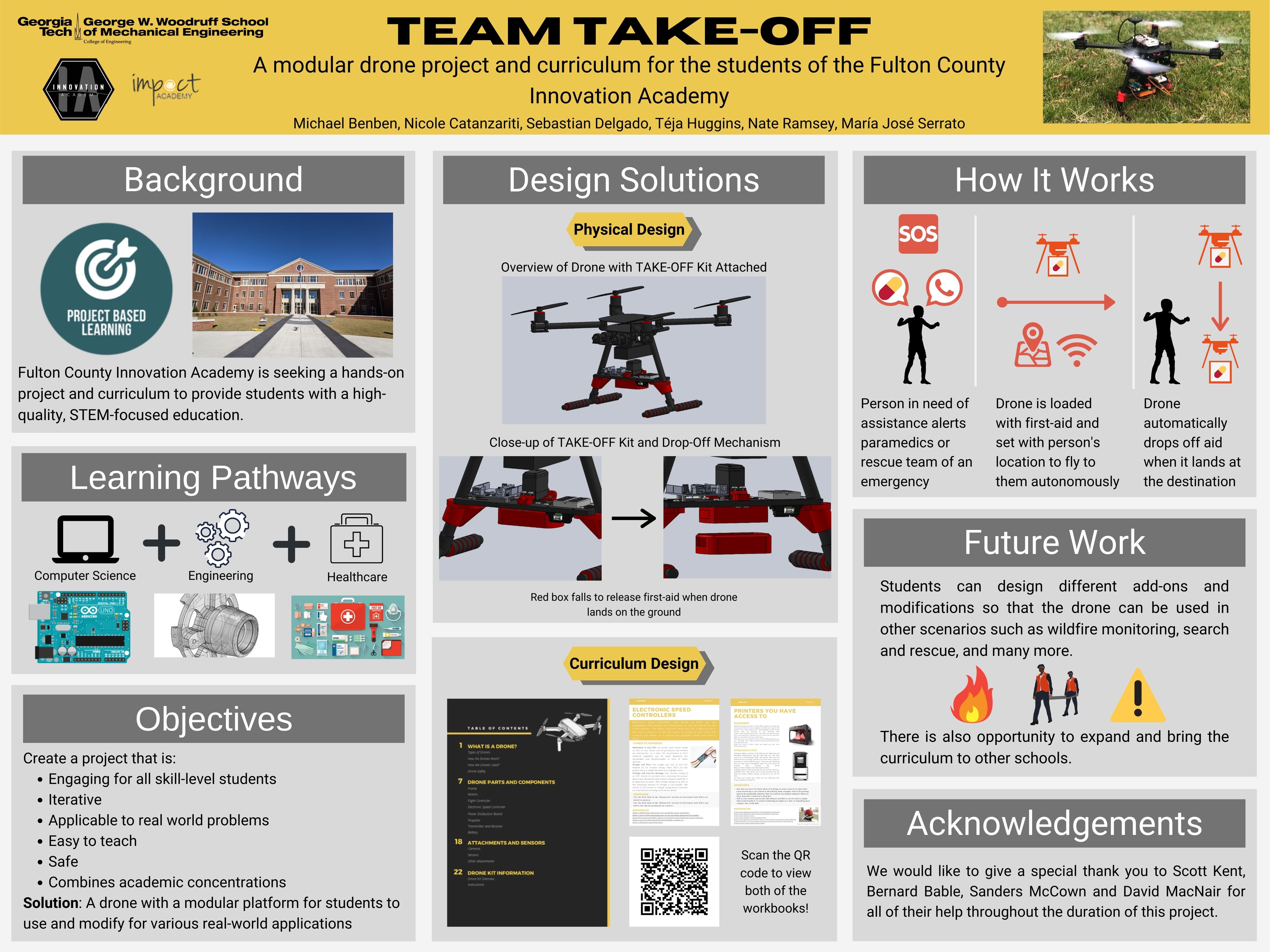Happy Maker Monday! This week we interviewed Kevin Xiao, a third-year CompE major and the president of the Anime O-Tekku Club here at Tech. Kevin and the club attended Anime Weekend Atlanta in costumes they made themselves at the Invention Studio.

Anime O-Tekku Club at the convention
Q: Describe your costume.
A: My costume is the character “Bondrewd” from the movie Made in Abyss: Dawn of the Deep Soul.
Q: How did you create your costume?
A: The components of the helmet are all 3D printed. I wired electronic lights to it for the purple strip in the middle, and the arms are all hand-sewn.
Q: What did you learn throughout this process?
A: I’ve learned a lot through cosplaying. 3D modeling and printing, sewing, and electronics are important for a good costume. I have plans for an even larger cosplay for next year.
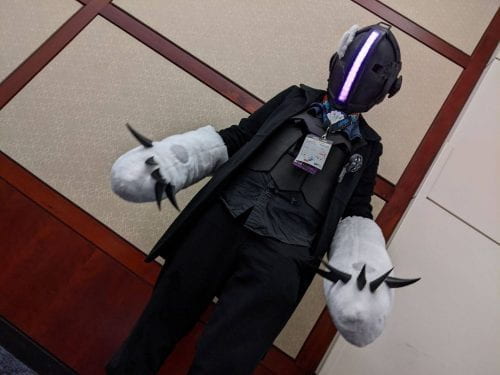
Photo of Kevin’s “Bondrewd” costume
Kevin’s other cosplays are on his Instagram @kosplaykevin. Keep up the creativity, Kevin!


